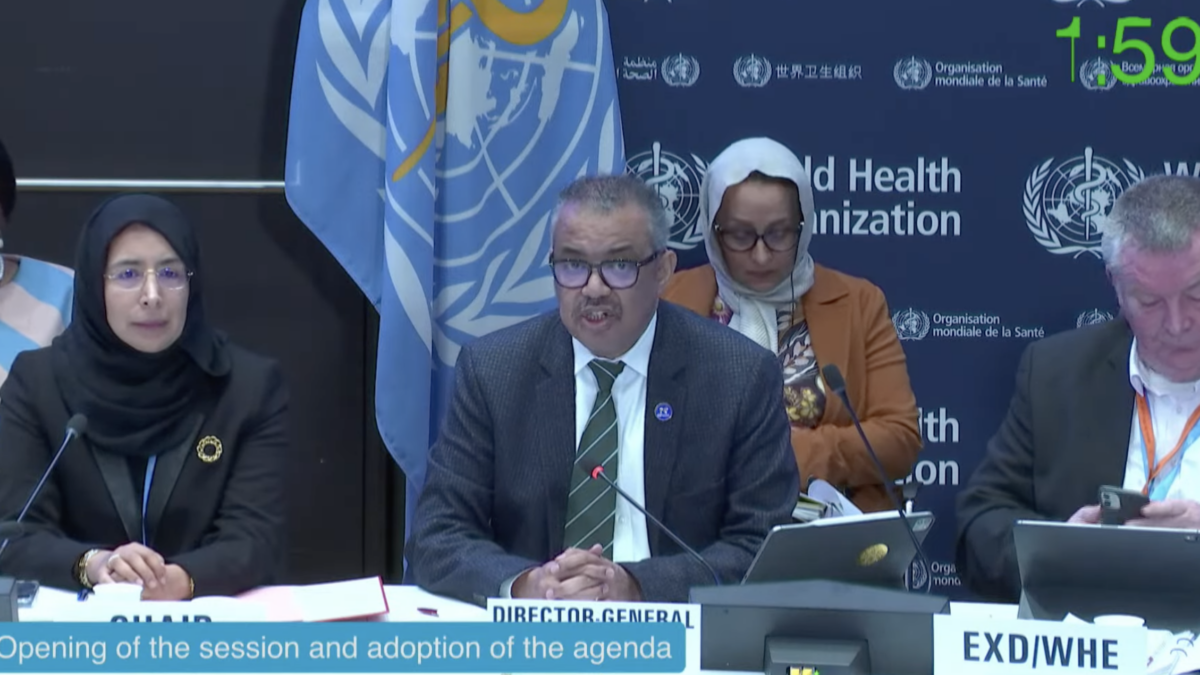
Clark* first found out that his 12-year-old daughter Maxine was being treated as a boy by her school when he saw her new name in her class’s grade seven yearbook. “Flynn”* was the new name her counselor had helped her pick out, and Maxine’s school district in Delta, British Columbia, Canada, had decided that “Flynn” should be treated, for all intents and purposes, as a boy.
The district apparently felt justified in leaving Maxine’s father completely out of the loop. Maxine’s school district was operating by the BC Ministry of Education’s Sexual Orientation and Gender Identity (SOGI) Policy, according to which Clark had no right to know his daughter’s “preferred sex, gender, or name” at school.
Presented with a fait accompli from the school district and a daughter who was becoming increasingly passionate about her transgender identity, Clark found himself in a difficult situation. He did not want to reject his daughter’s newfound passion outright but, at the same time, he was cautious about her moving into transgenderism too quickly.
Ever since her parents separated in 2013, Maxine had struggled emotionally to cope, experiencing behavioral problems and depression which Clark felt left her “very vulnerable” and searching for a place to belong. During the same school year that she took on a transgender identity, Maxine had apparently also gone through a lesbian phase. Clark couldn’t help but wonder if her new transgender identity might likewise come and go.
School Counselors And Doctors Trumping Parents’ Wishes
Maxine’s counselors at school were of a different mind. They referred Maxine and her mother, Sarah, to a “Dr.” Wallace Wong — a psychologist and LGBT activist who predictably decided that Maxine should be referred to a children’s hospital for testosterone injections when she was only 13. Not to be outdone, the children’s hospital asked Maxine’s parents for permission to begin injecting Maxine with testosterone on her very first visit. Clark said no and refused to sign.
From the middle of August until October, the hospital worked Clark over, trying to get his consent. When he finally refused, the hospital dropped a bombshell threat: simply put, they declared that they didn’t need Clark’s or Sarah’s permission for that matter. In a letter mailed December 1, 2018, Dr. Brenden Hursh informed Clark that they would begin treatment on Maxine in two weeks, without Clark’s consent. BC Children’s Hospital believed Maxine was a “mature minor,” who could receive treatment against the wishes of both her parents, according to section 17 of the BC Infants Act. Using Maxine’s male moniker, Hursh explained:
[Flynn’s] healthcare team has concluded that he possesses sufficient maturity and intelligence to be capable of consenting to his own medical care, notwithstanding the fact that he is only 14 years old. Furthermore, the team agrees that the proposed course of treatment is in his best interests. We appreciate that these conclusions differ from your own….We always strive to get parents to agree to support a proposed course of treatment, however, under these circumstances we are of the view that it is ultimately up to [Flynn]to give or withhold consent to his own medical care; neither you nor his mother can make this decision for him.”
Clark rushed to take legal action, filing a motion in Provincial Court which has temporarily prevented Hursh from injecting Maxine, now 14, on his own recognizance. How the case will be ultimately decided, however, remains to be seen.
In mid-January, the left-leaning Canadian National Post ran a cover story, referring to Maxine as a male “Max,” and constructing a case for hormone therapy and against parental rights. Conservative Canadian media outlets have also seen the importance of Maxine’s story, but cited concerns about the irreversible impact of cross-sex hormones and the fact that the vast majority of young people diagnosed by experts as gender dysphoric end up identifying with their natal sex by the time they are 18.
In a phone interview last week, Clark brought up some of these concerns as well. “I have no problem with [Maxine] exploring the role of being male,” Clark said. He had even bought her a transgender pride flag for her room. But the irreversible effects of testosterone treatment disturbed him, particularly since he remains doubtful that his daughter’s desire to be a boy has been the cause, rather than the effect, of the emotional and social challenges she has experienced since adolescence.
Emotional And Social Challenges
Clark and Sarah separated in 2013. Their separation and subsequent divorce seems to have been a relatively peaceful one–their agreement involved a high level of mutual cooperation and custody time shared equally between mother and father. But Clark believes that the parental split still hit Maxine pretty hard. Not yet 10 years old at the time, Maxine began to make some poor choices of friendship at school. Her difficulties escalated as she began adolescence, and by grade six her school was frequently reporting her to her parents for misbehavior. In grade seven, at around the same time that Maxine began experimenting with her gender identity, she developed an infatuation with her first male teacher. When Maxine was forced by the school to stop writing this teacher love notes, she sunk into a period of depression and self-imposed isolation, during which she declared herself a lesbian and spent copious amounts of time secluded in her room with the lights off and the shades down, limiting her social interaction to online chat rooms.
In grade eight, while she was being affirmed in her transgender identity, Maxine had a second infatuation, this time with a male P.E. teacher. Her advances were, of course, not requited, and she was removed from that teacher’s class. Nevertheless, she continued to stalk him around school, and engaged in a suicide attempt which she attributed to being rejected by her teacher.
According to the National Post, Maxine’s mother Sarah described Maxine’s self-harm as the result of “the dysphoria” she feels with her feminine body. Nevertheless, multiple factors were likely at play.
The Case’s Adjudication
Last week, the British Columbia Supreme Court considered a motion to prevent the hospital from injecting Maxine with testosterone for another 45 days in order to allow a full adjudication of the case. The judge’s decision, which has not yet been made public, may shed some light on the likely trajectory of the case.
To Clark, the case is not so much about transgenderism as it is about parental rights. “It’s not, to me, a transgender issue,” Clark said, “It just happens to be that it involves transgenderism.” Canadian hospitals have been “hiding behind the Infants Act” to force hormone injections over the objections of parents who are quite reasonably concerned with their experimental nature and permanent, detrimental effects (e.g. probable sterility). Clark wants to put an end to that in the courts both to protect his own daughter and to protect other families in BC.
Kari Simpson, head of Canadian pro-family organization Culture Guard, places a similar emphasis on the importance of the case. She has sought to draw attention to Clark’s case since January, describing the case as “crucial” from a legal standpoint because of the impact it will have on the manner in which schools and hospitals have been fast-tracking children into cross-sex hormones, against their best interests and sometimes against their parent’s will.
Simpson has also started a Gogetfunding page for Clark to help defray the legal fees which are likely to mount in the coming months.
*Clark, Maxine, and Sarah are not the real names of the father, daughter, and mother involved. Their identities have been concealed by court order. Court documents use the initials CM, MM, and SM, respectively, and media refers to Maxine as simply “Max.” Flynn is another pseudonym for the child’s transgender name.
This article has been updated post-publication.









